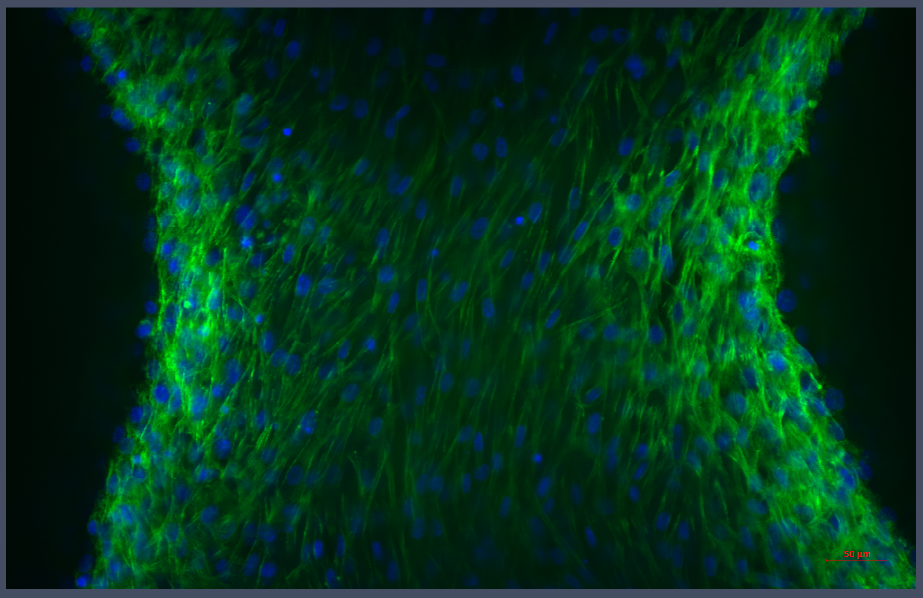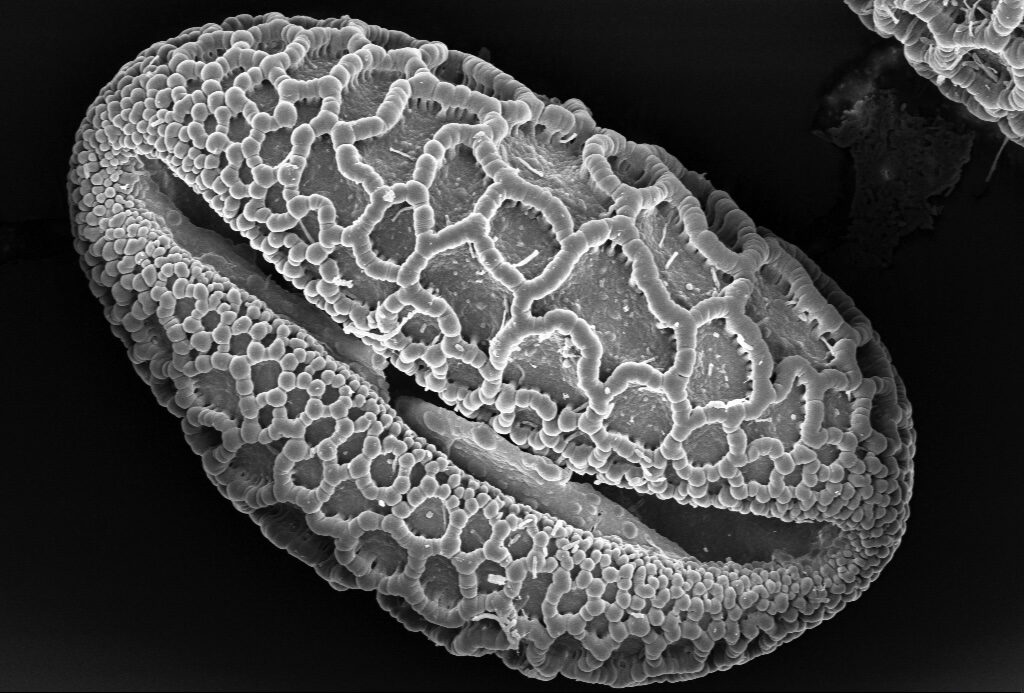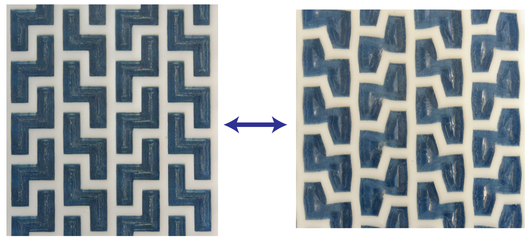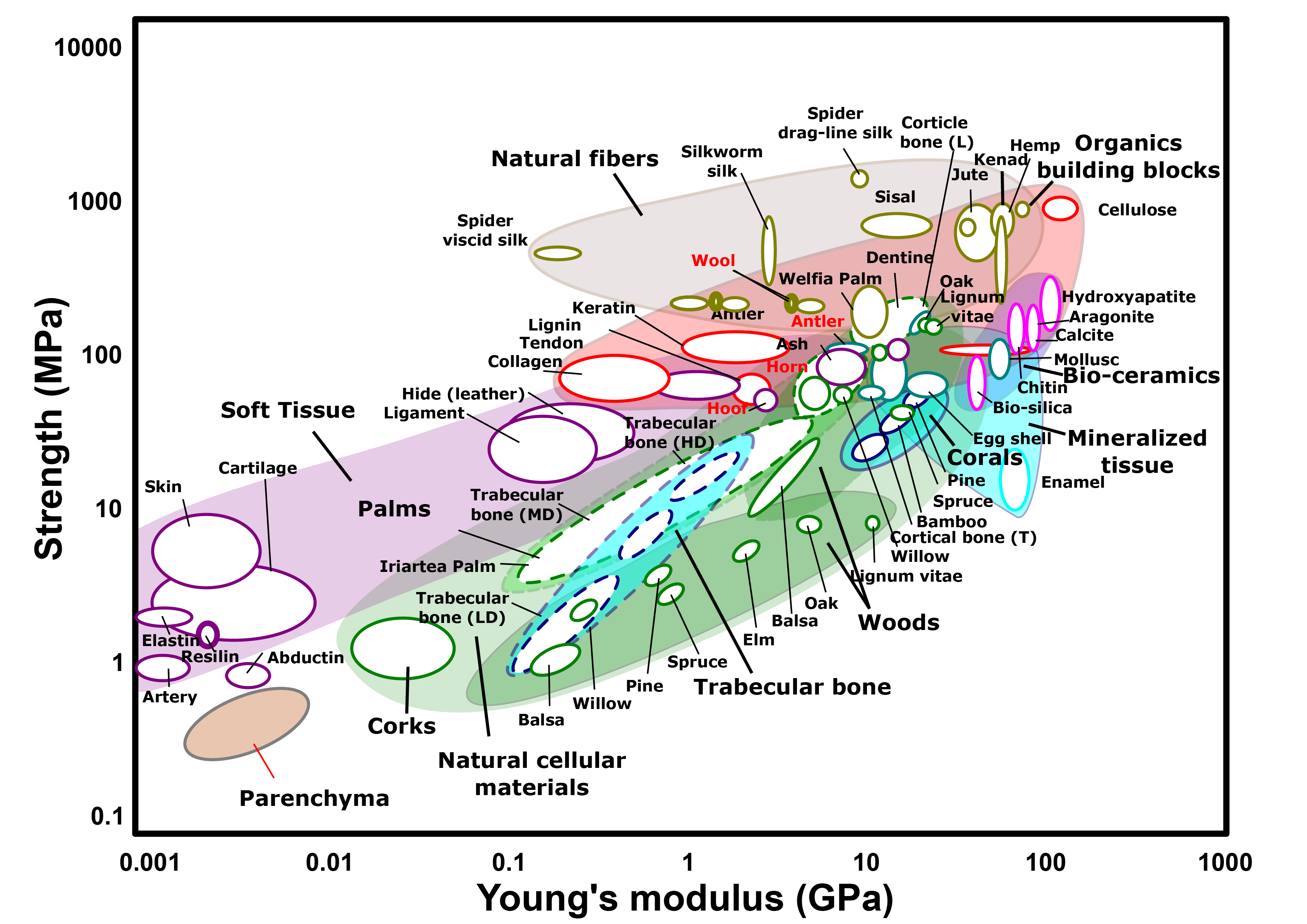Research in the MorphoPhysics Group
-

Growing Tissues on Curved Surfaces
We explore how bone-like cells grow new tissues on curved surfaces. Surface curvature seems to play an important role in guiding the orientation of cells and the collaganeous matrix that then forms
-

Resistant Coatings
Many plant tissues have highly resistant coatings enabling them to withstand extreme environments for long periods. The outer coating of pollen for example is extremely resistant to chemical attack and thus is of great interest to the development of new bio-inspired coatings (contact Heidi to learn more). We also explore (together with Andreas Tribsch (Ecology) and Michaela Eder (Max Planck Institute for Colloids and Interfaces, German) the structure function relationships of seed coatings in ultra cold (high alpine), and hot (desert) conditions.
-

Inspiration for Actuators
We are inspired by the hygroscopic movements of plant organs, such as those seen in the pine cone and other seed dispersal units. These systems are particularly interesting in that the organs are both structure and motor in one, the motion being controlled by the geometric arrangement of constituent tissues with different swellabilities. We try to understand and develop models (both theoretical and physical prototypes) of 3D motion.
-

Structure Function Relations in Biological Materials
Although a large range of types and forms of tissues can be found in Nature, it is somewhat surprising that the majority of structural tissues are made of only a limited range of components. By just controlling the architecture (or microstructure) of these constituents at different length scales, as well as the composition and structure of internal interfaces, Nature can achieve a wide range of different properties with the same components. In our group we are interested investigating such (micro)structure-function relationships in biological materials and in particular to shed-light on how these structures come about. We hope not only to learn more about biology but also to learn mechanical principles that can potentially be used in the design of synthetic materials




